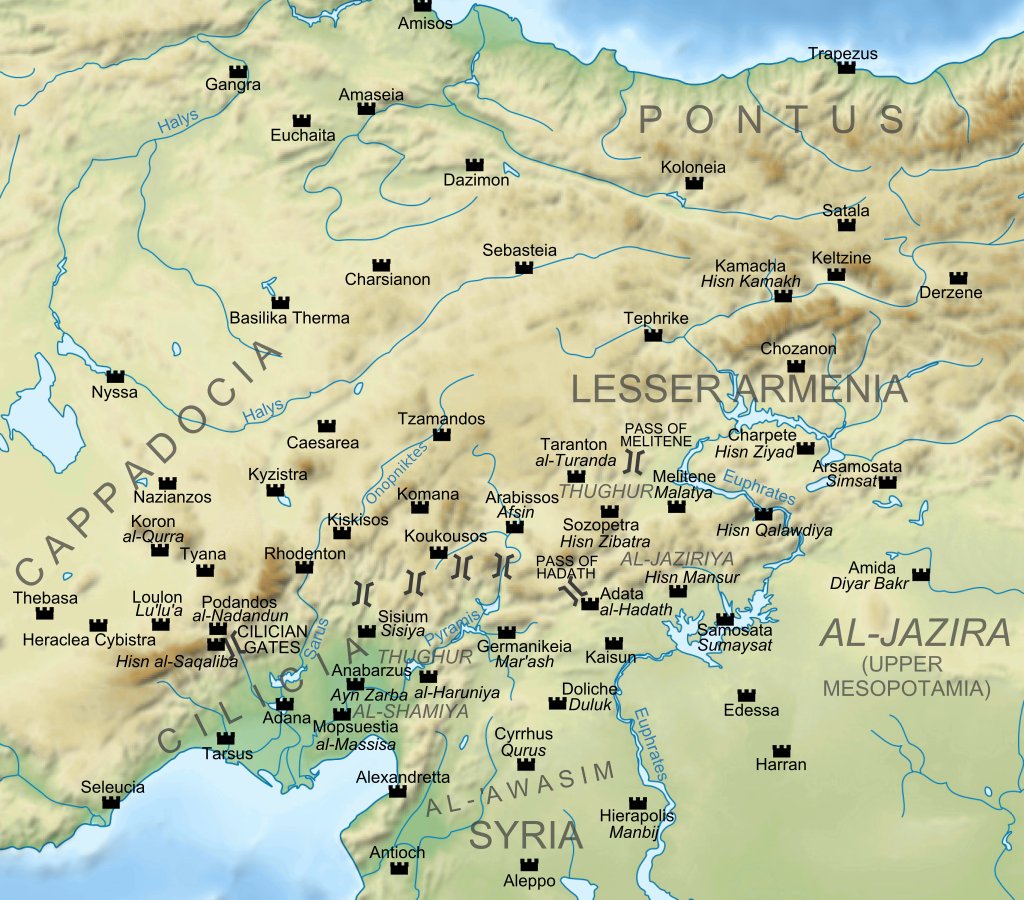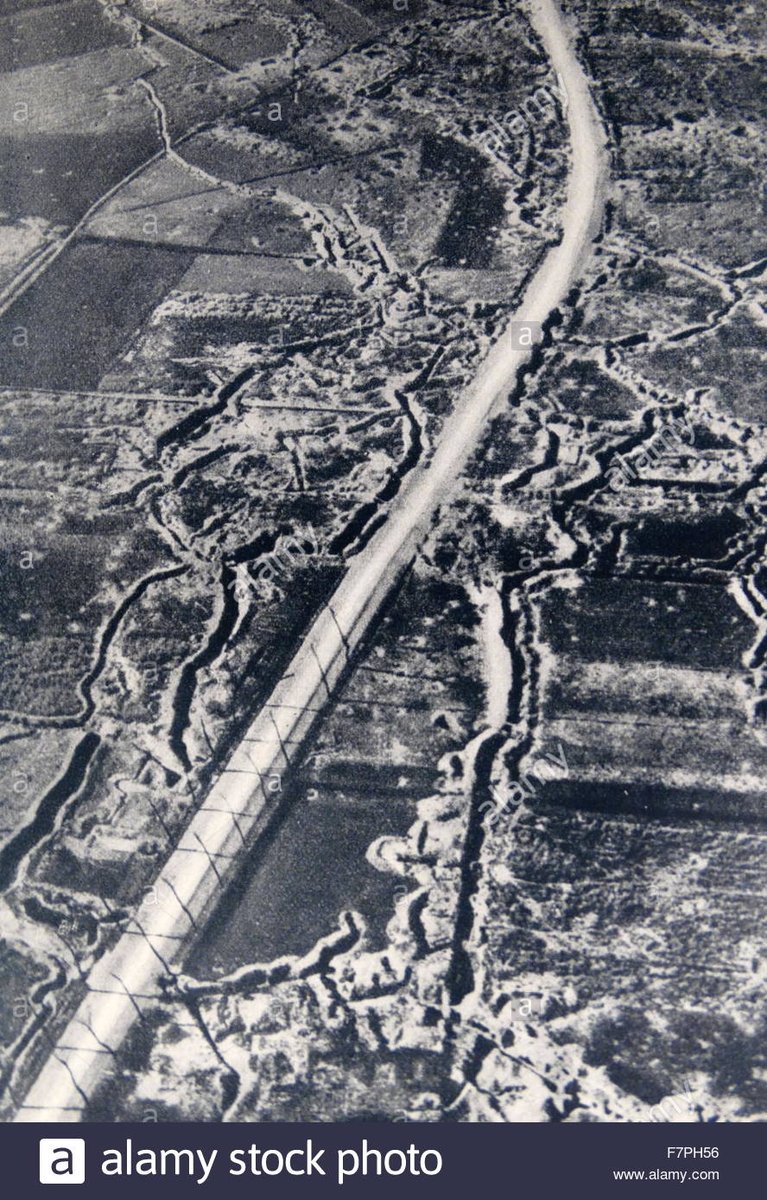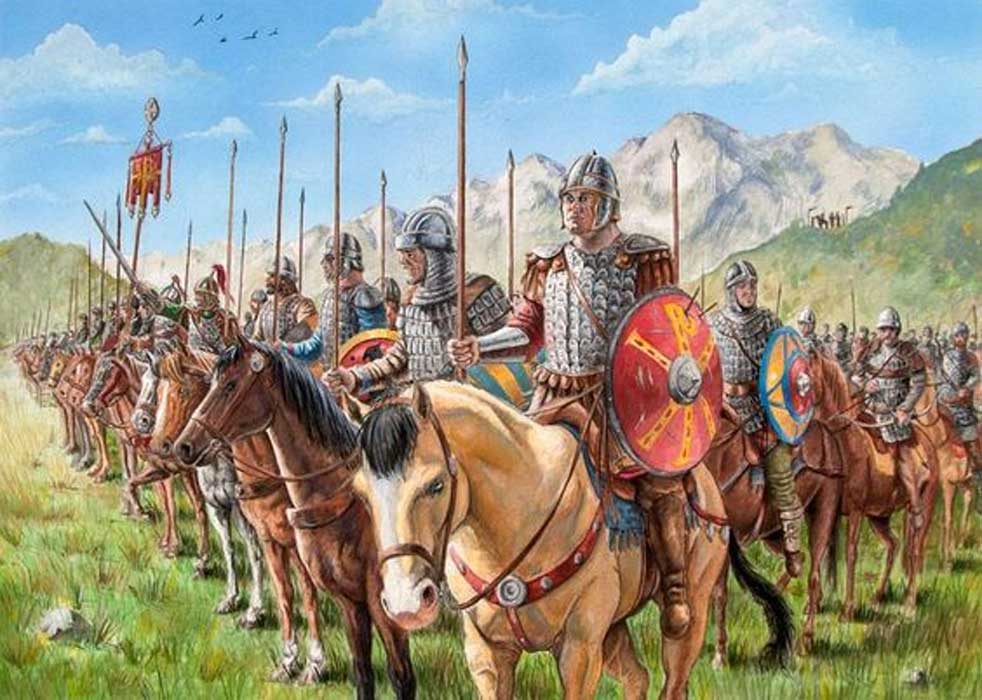There are three basic types of frontier defense: linear, mobile, and defense in depth. Each has its own strengths and weaknesses, and each is best suited to particular circumstances.
The Byzantines used all three.
Worse still, they were also often outnumbered in total manpower, especially early on.
But it still gave the Byzantines intelligence and critical time, allowing them to assemble forces near the new route.
Fortress garrisons prepared their walls, thematic commanders gathered mobile forces, villagers brought flocks and crops to safety.
The Byzantines would only fight when they had clear superiority, launching night attacks or ambushing isolated raiding detachments.
An organic defense in depth.
amazon.com/dp/B07P68KCBG/















































